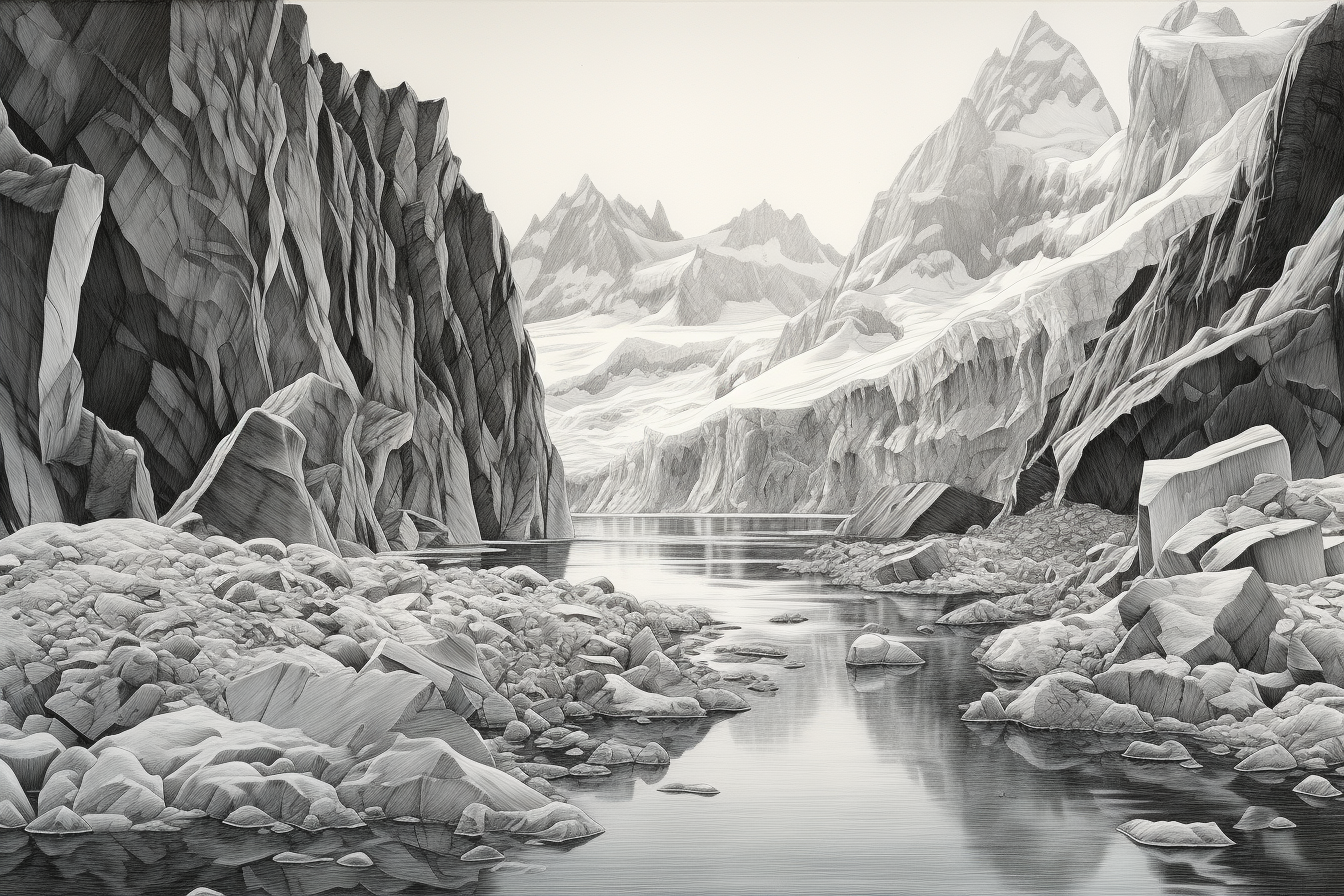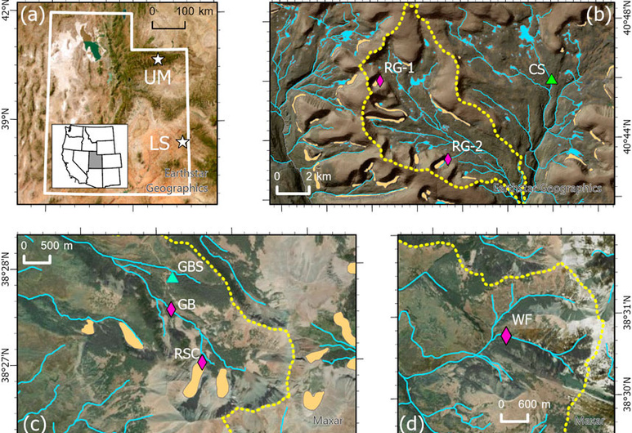2023 paper from Jeff Munroe and Alexander L. Handwerger describes important driver of water chemistry in the mountains: rock glaciers.
Posted: December 31, 2025


Rock glaciers are intriguing natural features found in mountainous areas, and a recent study sheds light on their role in the water cycle. These icy formations, which slowly creep down slopes like glaciers, have been a subject of curiosity for scientists. The study, conducted in Utah, aimed to answer three important questions related to rock glaciers and their impact on water resources.
Researchers wanted to know if the composition of water flowing from rock glaciers changes from year to year. They investigated whether the type of rock in the area influenced the water's composition and examined how the presence of rock glaciers affected the chemistry of nearby streams.
To gather data, automated samplers collected water samples from rock glaciers in two different mountain ranges in Utah. They also collected precipitation data and monitored water temperature and conductivity. The researchers analyzed the water samples for stable isotopes and hydrochemistry.
The findings revealed some fascinating insights. In the Uinta Mountains, where quartzite rock predominates, the water from rock glaciers shifted from snowmelt to internal ice as the melt season progressed, consistently year after year. In contrast, in the La Sal Mountains with trachyte bedrock, the chemistry of water from rock glaciers differed significantly from the surrounding areas.
Interestingly, the study showed that the properties of water in a rock-glacierized basin resembled those from the rock glaciers themselves. This was in stark contrast to a catchment without rock glaciers.
This research underscores the importance of rock glaciers in shaping the chemistry of high-elevation stream systems. It also highlights the complex relationship between the type of rock and the composition of water, offering valuable insights into our understanding of alpine hydrology.

 Dust^2
Dust^2